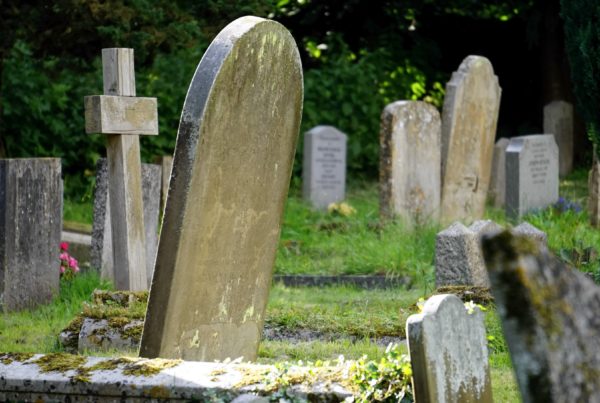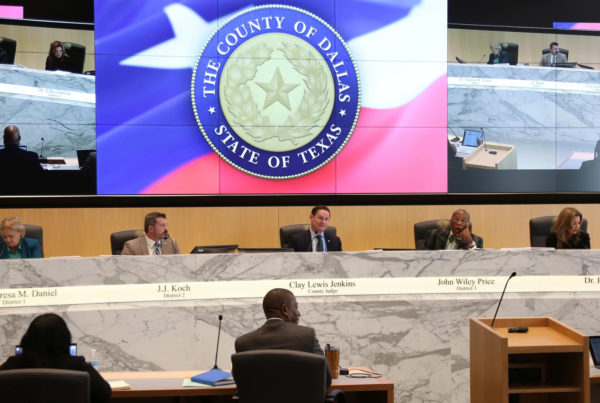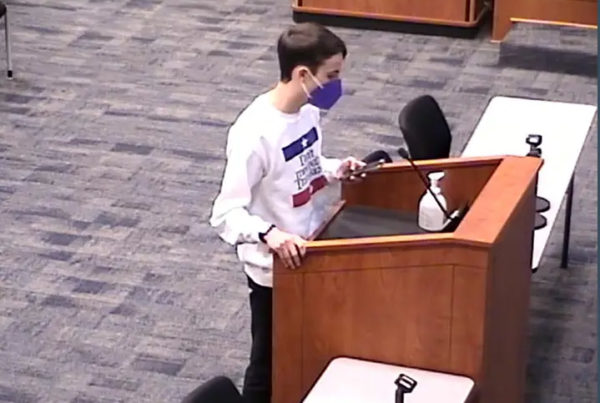Gabriel Daniel Solis describes his dad as “Tejano to the bone.” His dad restores historic buildings, and in early 2020, the younger Solis was surprised to hear his dad had accepted a job to rebuild a Texas Ranger station from 1825 in Seguin.
Solis first wrote about this for Texas Monthly – and shares the story with us:
My father has never sat with elders who remembered seeing brown bodies sagging from trees or sunburned Texas Rangers flipping their cigarettes onto the shallow graves of their victims.
That knowledge came to him only in recent years– in the pages of books.
I gave him Américo Paredes’ “With His Pistol in His Hand” for Christmas several years ago. The book tells the true story of Gregorio Cortez, a Tejano rancher who becomes a folk hero in the borderlands for resisting the Texas Rangers’ brutality. After he read it, my father told me he hadn’t known about the Rangers’ legacy of violence against our people. He said, ‘They never taught us that in school.”
If my dad rebuilt the Ranger station, it would add to the growing roster of sites in Seguin dedicated to honoring the Texas Rangers.
To me, the most disturbing monument is the cluster of old trees known as the Ranger Oaks, located near the parking lot of the Chamber of Commerce.
The historical marker there reads, in part, under Ranger Jack Hays and James Callahan, a group of renegades and Indians were captured, brought to town and forced to dig a trench in the area of the Ranger Oaks. The captives were then lined up and shot, so their bodies fell into the trench, thus saving some trouble over the burial.
The new Ranger mural and plans to rebuild the Walnut Branch Ranger Station are part of the Seguin city leaders’ renewed embrace of narratives that portray the Texas Rangers as mythic benevolent heroes. This recent push to honor the Rangers has come against the backdrop of growing nationwide demands for public reckoning over legacies of white supremacist violence.
When I was growing up in Seguin, suspicion of Black and brown people like me was still thick in the air.
It was my girlfriend’s father refusing to shake my hand. My friend’s dad singling me out of a tangle of sweaty boys to threaten when he’d had enough of our roughhousing. My friend’s mother bursting into the room, yelling at me, “What did you do? What did you do?” when her son cried out after getting his own hand stuck in a Chinese finger trap.
What did I do? I got out of Seguin as soon as I could.
I returned again recently and visited the Seguin Guadalupe County Heritage Museum. My dad had served for several years on the board of directors there. Visitors are greeted by a display about the Texas Rangers. Although the museum also includes displays honoring notable Black, Indigenous and Tejano residents, there is no honest engagement with the town’s history of slavery or the generations of white supremacist violence.
But these histories of violence are known to many of us. They are in our bones.
It doesn’t matter much to me that the Rangers’ mission to protect Anglos and Tejanos from “Indian attacks and Mexican bandits” seemed like a righteous one at the time. What matters is the bolt of horror that shoots through me and others when we encounter monuments that gloat about the massacres of our ancestors.
In 2016, the Seguin City Council approved a new slogan for the town: “Seguin. It’s Real.” As the 200th anniversary of the Texas Rangers approaches next year, town leaders in Seguin have an opportunity to live up to that— to be real.
To do so, they’d work with Native tribes in the area to properly identify the lineal descendants of the Rangers’ victims under the Ranger Oaks and repatriate the remains of their ancestors. They’d follow recommendations from local communities of color to remove or update the Texas Ranger monuments around town to include the truth about the atrocities the Rangers committed. They’d support local efforts to create community archives, to preserve our stories, memories, artworks, and other cultural ephemera. And finally, they’d invite local artists to create additional sites of public memory to honor those who have fought for our communities over the years.
But regardless of what actions town leaders decide to take or not, Black, Indigenous and Tejano communities will continue our long traditions of passing down our stories and sharing our knowledge.
During a visit to Seguin, I sat with my dad in his garage on a freezing gray afternoon. We talked about how our people have persisted despite centuries of violence and erasure.
“We weren’t meant to survive,” I said. “But we’re still here.” We lifted our beers. Salud. Then he said, “I’m not going to rebuild the Ranger Station after all.”
We sat silently for a moment. And the cold room began to feel a little warmer.














